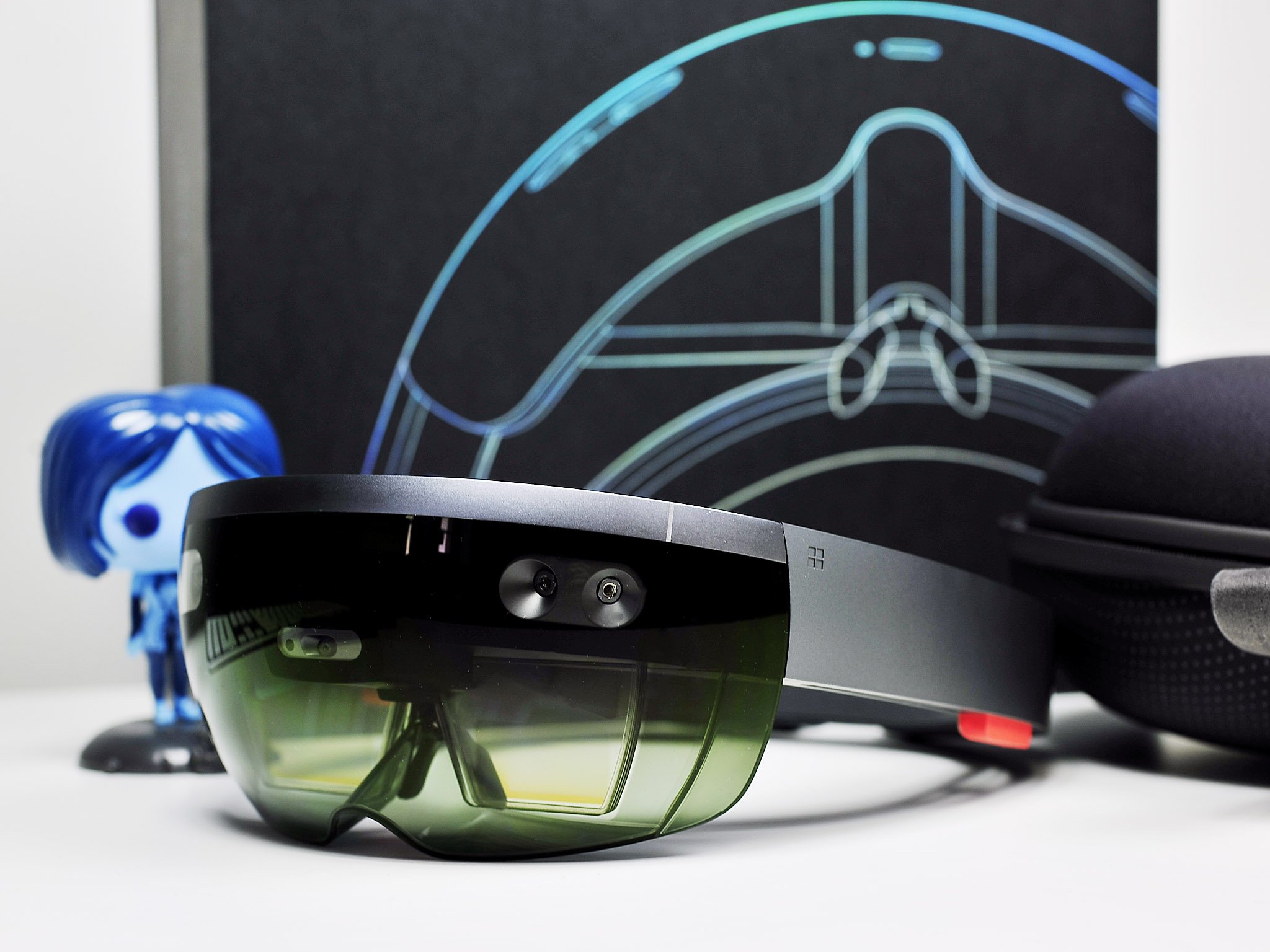Microsoft patent hints HoloLens 2 could pack double the field of view
Microsoft could be addressing one of HoloLens' pain points in a major way with the headset's next iteration.

We already know quite a bit about what to expect from the next iteration of Microsoft's HoloLens mixed reality headset, including details about its dedicated custom AI chip and the Project Kinect image sensor bundle that will ship with the device. But it looks like Microsoft may be looking to address one of the biggest criticisms of the headset's first iteration as well: its field of view.
This week, Microsoft watcher WalkingCat dug up a newly published patent from Microsoft that suggests HoloLens 2 may double the field of view seen on the original headset. Initially filed in December of 2016, the patent describes a "MEMS laser scanner having enlarged FOV." According to the description, the scanner, designed for near-eye displays, could use light of different polarizations to expand the field of view "without increasing the range over which the mirror of the scanner oscillates."
MS patent "MEMS LASER SCANNER HAVING ENLARGED FOV" https://t.co/PZLatNZkNB also it mentions MicroVision PicoP pic.twitter.com/SJ1RjQvbn5MS patent "MEMS LASER SCANNER HAVING ENLARGED FOV" https://t.co/PZLatNZkNB also it mentions MicroVision PicoP pic.twitter.com/SJ1RjQvbn5— WalkingCat (@h0x0d) June 25, 2018June 25, 2018
The current HoloLens features a field of view of 35 degrees, but the patent filing notes that the overall field of view using this scanner could increase to around 70 degrees. Though it's worth noting that the patent says the increase "may be greater or lesser than that in further embodiments."
As MSPU points out, one of the inventors whose name is attached to the patent is Sihui He, who is an optical engineer at Microsoft.
As with all patent filings, this tech may never see the light of day. However, one of the major pain points of the original HoloLens is its restricted field of view, so it would make sense that Microsoft would be looking for ways to increase it with version two. An expanded field of view would succeed in making the experience of working with digital objects in augmented reality more immersive, which would increase its potential usefulness for both enterprise and consumer applications alike.
As for the rest of what HoloLens 2 may have in store, we're expecting Microsoft to make the switch to an ARM platform, potentially giving the device instant-on capabilities and a persistent LTE connection. The headset is also rumored to include Qualcomm's new XR1 VR and AI platform for powering a new set of on-board AI processing and imaging features.
Microsoft 'HoloLens 2:' Everything we know so far
All the latest news, reviews, and guides for Windows and Xbox diehards.

Dan Thorp-Lancaster is the former Editor-in-Chief of Windows Central. He began working with Windows Central, Android Central, and iMore as a news writer in 2014 and is obsessed with tech of all sorts. You can follow Dan on Twitter @DthorpL and Instagram @heyitsdtl.
